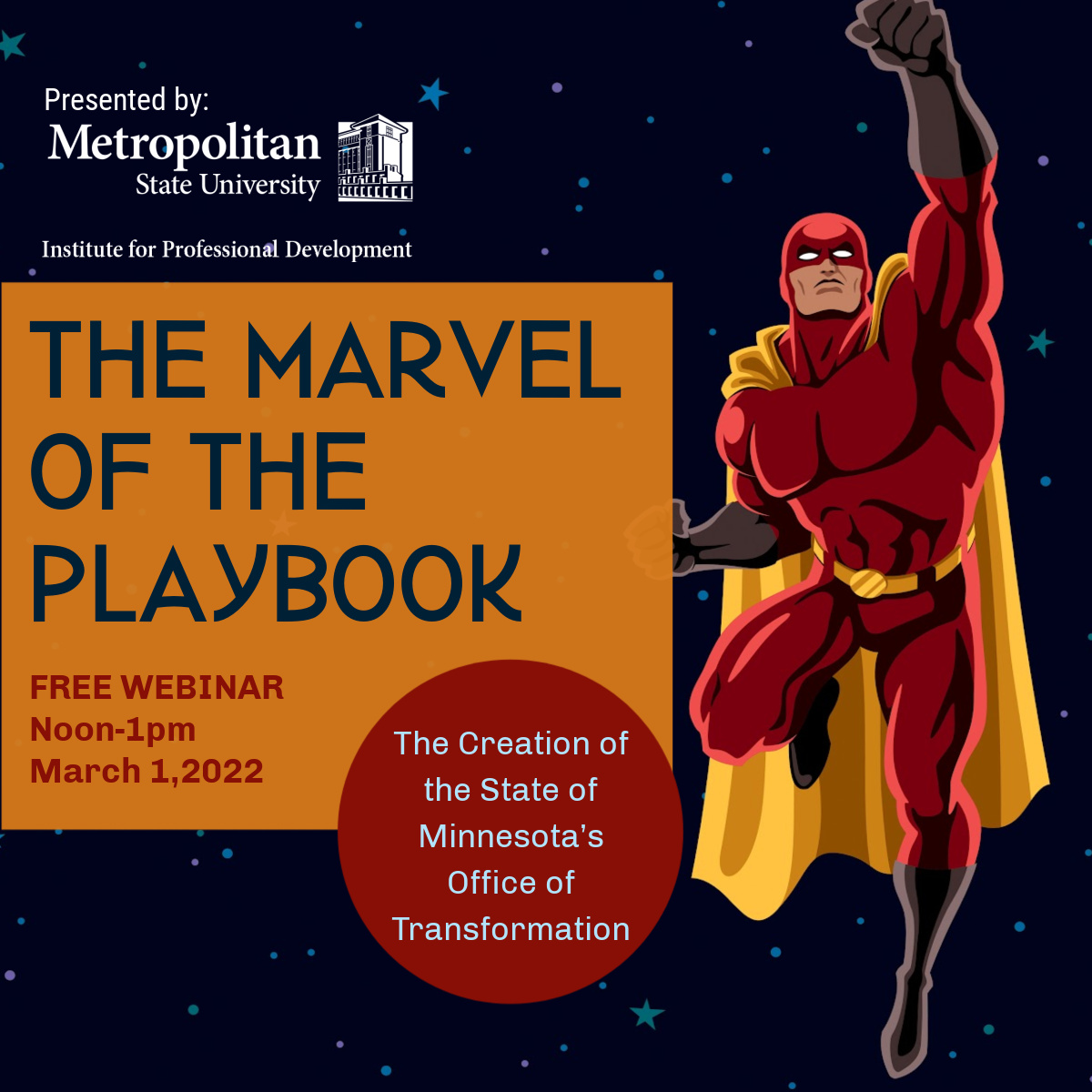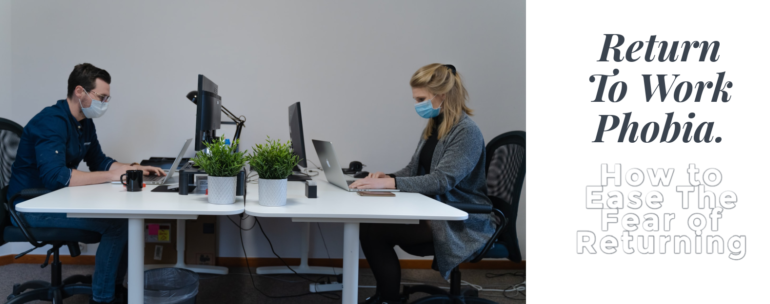Making Your Lists and Checking Them Twice | A Workplace Blog
By Beth Schaefer
IPD Director
Thanksgiving – just a few weeks away – used to be the kick-off of the holiday season. That is no longer true. The holidays have crept into October. As soon as Halloween wraps up on October 31st, people are swapping out their spooky decorations for the next holiday.
The holiday = more parties and potlucks, more shopping and spending, more decorating and baking… more, more, more… STRESS!
Based on my own experience and some light internet research, here are some top holiday stressors:
Time Management – more parties and potlucks, more shopping, more pageants and festivals, more cooking, more decorating, and more wrapping – all this can lead to more decisions being made with less sleep and changes to routines. Stress.
Family Conversations – so many divisive topics and so much time together – in addition, some family members may no longer be part of the family (death or divorce) and some may be failing cognitively or physically, and seeing these changes firsthand can be jarring. Stress.
Money – while your cash reserves may be spinning downward, many do not even have cash reserves making economic disparities more visible, frustrating, and discouraging during the holidays. Stress.
High Expectations – Besides trying to plan the perfect holiday gathering, finding the perfect gift within your budget, or trying to provide idyllic memories for your children, you may also be scrambling to wrap up the goals you had for 2022. Stress.
Illness –More gatherings also mean more opportunities to spread illness. While this is a relatively new item on the list, it carries quite a bit of stress. The pandemic has made us more aware of doing our part to not spread any germs, but having to choose to stay away from a special gathering because you might have something that you do not want to spread is a tough decision to make – and can also be a no-win situation. Some will be pleased with your consideration, and some will be miffed that they missed seeing the grandkids or that you could not bring your famous dessert.
STRESS!
All this busyness and stress can lead to less exercise and more eating and more stress – which may mean weight gain and decreased immunity, or the stress can even lead to physical illness, such as upset stomach, headache, sleeplessness, or even sore muscles.
You can take some actions to manage this year-end stress.
Managing Holiday Stress at Work
As a supervisor:
- Encourage team members to handle extra holiday chores during lunch times so that workers are present and focused on their tasks.
- Workplaces can have extra visitors or visiting or parties taking place this time of year; provide some additional quiet spaces for those who need them to concentrate and stay focused to complete work.
- Remind staff that some people, such as the finance department closing out year-end, are extra-busy during this time and to be patient when interacting with them.
- Encourage employees to stay home when sick so that you do not spread illness across the department or to each other’s families
- Help team members prioritize work– especially with their and others’ holiday and vacation time.
As a coworker:
- Plan so that the work you need others to do can get completed amongst the extra time off and holidays.
- Check-in with co-workers if you note the stress. Remind them of any Employee Assistance programs they could use or just listen.
- Be mindful of those who may be alone during the holidays or are experiencing the first holiday without a loved one. Offer comfort if your co-working relationship allows, “I know that this is the first New Year’s Eve without your husband, that must be difficult.”
- Partner with a coworker and take walks during your breaks.
- For those who have taken the IPD communication course, remember to flex! Assess the communication style of the person you need to receive your message and then flex your communication style to accommodate them – and remember – we all communicate differently when under stress.
Manage your Holiday Stress
The tried and true include:
- Eat smart whenever when you are not at gatherings.
- Skip tasks (do not send out cards) or cut corners (do a cookie swap rather than baking them all yourself).
- Set a budget for gift-giving and stick to it.
Some more strategic and thoughtful approaches to holiday stress include:
Generate a master schedule of events, prioritize them, and remove the bottom 10 or 15 % of the list. Fewer events and less hustle and bustle will allow you to be present and focused on the ones you attend. Choose quality over quantity. Think about planning gatherings with those you missed in December a few months into the new year instead.
Trigger your feel-good endorphins by spending time or money on others. Consider visiting a relative or friend who cannot get out to the big gatherings due to limited mobility issues. Save money on presents for friends and family and donate it to a homeless shelter or a women’s crisis center. Pack some food for those who are in need. Use technology to reach out to friends and family who may be long-distance and not able to travel back to see their loved ones.
Avoid these questions at family gatherings:
- When do you plan on starting a family?
- Why aren’t you engaged yet?
- Remember when (fill in any embarrassing moment or past argument)?
- Have you gained weight? Have you got more gray? Lost weight?
- Don’t you need a job that pays more money?
- What do you mean you are not working; what do you do all day?
Mark some days as “off limits.” Mark them off at somewhat equal intervals. Do not schedule anything on those days or nights and use them to get caught up, or just take time to relax, or just hang out on the couch to watch a favorite holiday film or binge-watch a favorite show.
Prepare yourself for difficult social situations (family or otherwise) with these tips:
- Anticipate awkward questions you might be asked and have a light-hearted vague answer at the ready.
- Try to position yourself so that you can walk away from conversations you do not want to be a part of.
- Prepare a list of questions to change topics if a conversation gets heated:
- I am wondering where to travel this year. Where have people been?
- I am looking for a good BBQ Shrimp (cake, salad, chili) recipe. Does anyone have one or know where I could look?
- ____ and _____, I am not sure if I know how you met. Can you share that story with us?
- I want to binge-watch some shows this winter, what do you recommend?
- I need to pick the next book for book club. Any ideas?
- Prepare a list of questions that people (generally) enjoy answering:
- What are you looking forward to in 2023?
- How is your (garden, hobby, cooking class, sport, DIY project) going?
- How was your trip to ____ last summer; do you have any pics on your phone?
- How old are your grandkids (kids, nieces, nephews, dogs, rabbits) now? Any pics on your phone? What are they up to these days?
- And follow most answers up with, “Tell me more.”
Choose. For those of you who have taken the IPD course on handling conflict, remember there are five choices for how to handle conflict with others. While you learned these strategies in a workplace context, they work for other environments as well. Review your 5 strategies for handling conflict and make a choice rather than defaulting to whatever the situation brings.
With those 6 strategies, go forth and have a happy and stress-free holiday season!

















